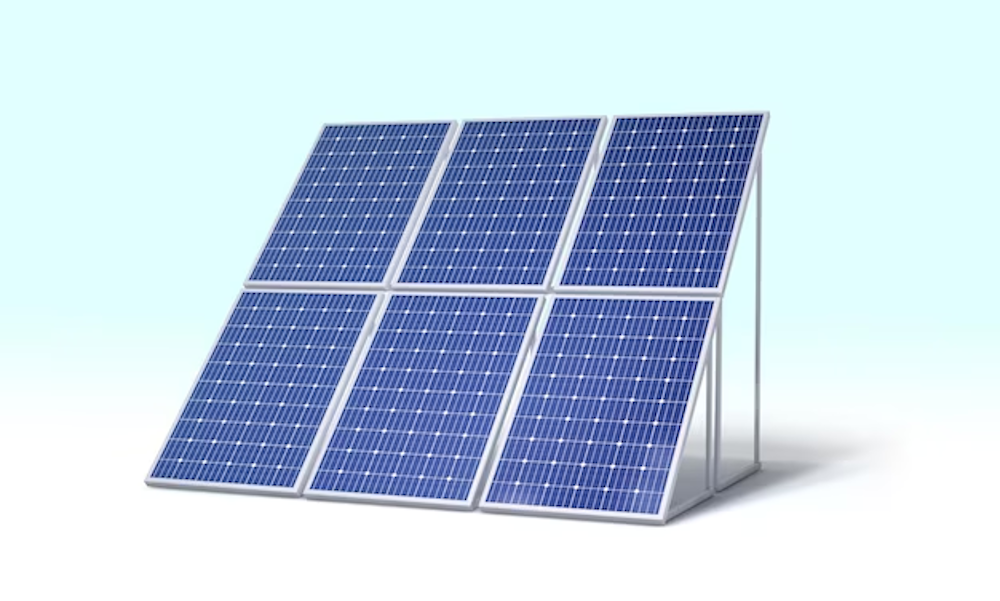PV Solar Panels: How They Work for Beginners
Solar panels, also known as photovoltaic (PV) panels, are at the forefront of clean and renewable energy production. These remarkable devices harness the power of the sun to generate electricity. In this beginner’s guide, we’ll demystify the workings of PV solar panels, breaking down the process into simple and understandable terms.
The Basics: Photovoltaic Effect
At the heart of a solar panel’s operation is the photovoltaic effect. This effect was discovered in the 19th century and forms the foundation of modern solar technology. It’s the process by which sunlight is converted into electricity. Here’s how it works:
- Absorption of Sunlight: Solar panels are made up of many small units called solar cells or photovoltaic cells. These cells are typically made of silicon. When sunlight (photons) strikes these cells, they are absorbed.
- Electron Excitation: As photons from the sunlight are absorbed by the silicon in the solar cell, they impart energy to electrons in the material. This energy boost allows the electrons to escape from their normal positions within the atoms of the silicon.
- Generation of Electric Current: The movement of these energized, or “excited,” electrons creates an electric current. This flow of electrons is what we harness as electricity.
- Electricity Conversion: The solar panel’s structure and electrical connections collect the generated electricity, which is then made available for use in homes, businesses, or the grid.
The Role of Inverters
While solar panels are responsible for generating direct current (DC) electricity, most of our electrical devices run on alternating current (AC). This is where inverters come into play:
- Conversion to AC: Inverters are devices that convert the DC electricity produced by solar panels into the AC electricity used in our homes and businesses.
- Grid Interaction: In grid-connected systems, excess electricity can be sent back to the grid through the inverter, allowing you to earn credits or even receive payment from your utility company—a process known as net metering.
Solar Panels in Action
Now that we understand the fundamentals let’s see how solar panels operate in a practical sense:
- Sunlight Absorption: Solar panels are strategically placed on rooftops or ground-mounted arrays, ideally facing south to capture the maximum sunlight.
- Energy Generation: When sunlight hits the solar panels, the photovoltaic cells in each panel convert the energy into DC electricity. The more panels you have, the more electricity you can produce.
- Inverter Conversion: The DC electricity is sent to an inverter, where it’s converted into AC electricity, ready for use in your home.
- Electricity Consumption: The AC electricity is then distributed throughout your home, powering your lights, appliances, and other electrical devices.
- Excess Electricity: Any excess electricity produced but not consumed is typically sent back to the grid through your meter. This excess electricity can be credited or compensated by your utility company.
Benefits of PV Solar Panels
Understanding how solar panels work helps to appreciate their numerous benefits:
- Clean Energy: Solar panels produce clean, renewable energy, reducing reliance on fossil fuels and lowering carbon emissions.
- Energy Savings: By generating your electricity, you can significantly reduce or eliminate your electricity bills over time.
- Energy Independence: Solar panels provide a degree of energy independence, allowing you to generate your power.
- Environmental Impact: Solar panels contribute to a greener environment, helping combat climate change.
- Return on Investment: While the initial investment in solar panels can be significant, the long-term savings and potential financial incentives make them a wise investment.
In conclusion, PV solar panels are marvels of modern technology, converting sunlight into electricity through the photovoltaic effect. They offer numerous benefits, from energy savings to reducing environmental impact. As the world increasingly embraces renewable energy, understanding how solar panels work becomes not only interesting but also empowering. Whether you’re considering solar panels for your home or simply want to appreciate their role in our energy landscape, this beginner’s guide is your first step towards solar enlightenment.

